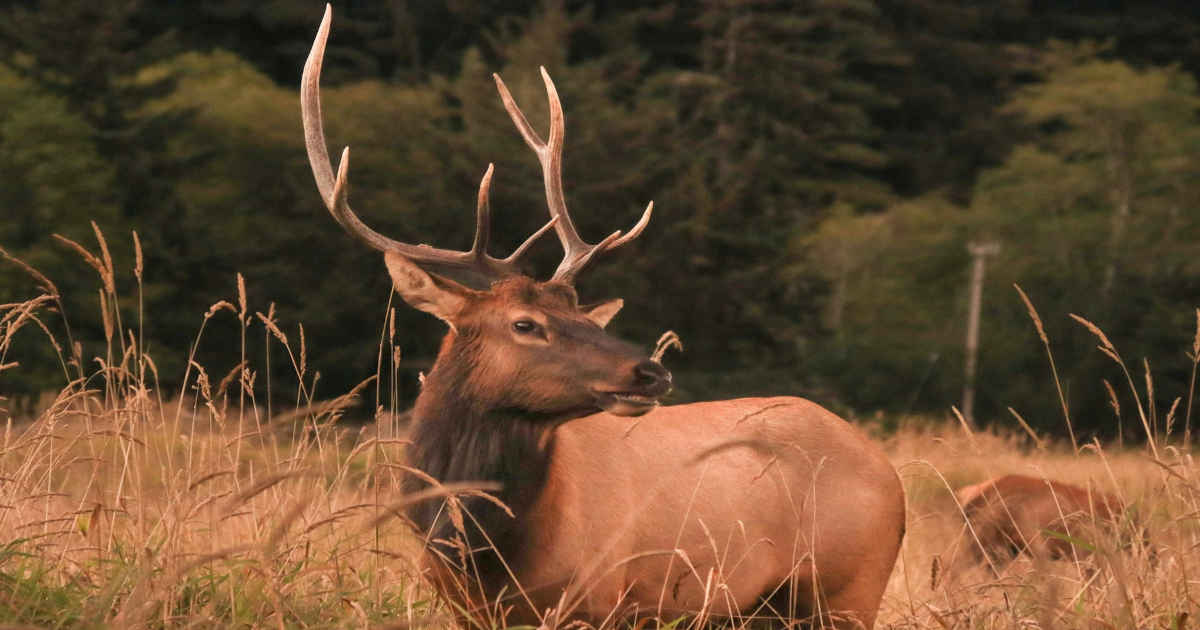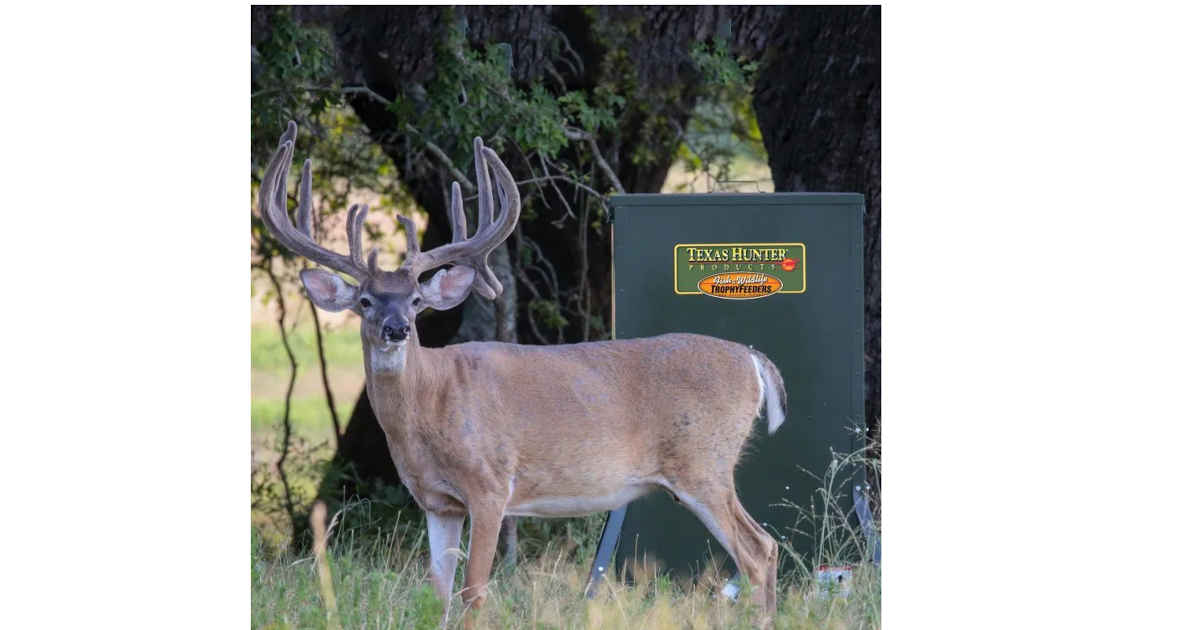Deer Feeders vs. Food Plots: Which Is Better for Hunting Success?
Posted by Steven on October 27, 2025

What's the Difference Between Deer Feeders and Food Plots?
While the official deer hunting season takes place during a set period in the fall, serious hunters treat it as a year-round commitment. During the offseason, it's important to keep deer properly nourished by providing essential nutrients across all seasons. Once hunting season begins, knowing where deer will be is key to success. Both objectives can be accomplished with the help of deer feeders and food plots. This page explains the differences between feeders and food plots, and when to use each in your hunting strategy.When to Use Food Plots for Deer Management
Food plots are a year-round feeding method. They are planted in areas designed to provide a steady food source for deer. Plots typically feature a mix of plants like legumes, grains, wildflowers, and more. Different plant types offer various nutrients, such as protein, calcium, and carbohydrates.Benefits of Planting Food Plots for Deer
As mentioned, food plots offer a consistent food source and natural habitat for deer throughout the year. They support healthy growth and antler development. Because they allow deer to spread out over a larger area to feed, they also help reduce the spread of diseases. Compared to feeders, food plots are generally more cost-effective in the long run.Challenges of Maintaining Food Plots for Hunting
Planting and maintaining a food plot requires a significant amount of time and effort—more than some hunters may be able or willing to invest. During hunting season, food plots may not always provide the best shot opportunities, as deer visits can be less predictable than with feeders. Additionally, choosing the right crops and planting techniques is essential and depends on the season and your geographic location.
Types of Deer Feeders and How They Work
Deer feeders dispense food in a concentrated area. There are two main types of deer feeders:
- Gravity Feeders: These use the force of gravity to dispense feed through a tube or port. They have no motors, timers, or batteries, and are typically made from weather-resistant materials like polyethylene. Gravity feeders are easy to install and are usually mounted on a post or tree.
- Automatic Feeders: These use a timer and motor to dispense feed at scheduled times. This feature allows you to attract deer to a specific area during hunting hours or observation periods. Automatic feeders typically disperse feed in a forward pattern, allowing for strategic hunting blind placement.

Advantages of Using Deer Feeders for Hunting
Feeders generally require less effort and maintenance than food plots. They are highly effective at attracting deer to specific locations, improving shot opportunities. They also offer supplemental nutrition, especially during the winter months when natural forage is scarce.Downsides of Relying on Deer Feeders Alone
With gravity feeders in particular, deer may gather in close quarters for extended periods, increasing the risk of disease and parasite transmission. The feed used, often high in carbohydrates like corn, can lack essential minerals. Feeders can become expensive over time due to ongoing feed purchases. They may also attract non-target animals such as raccoons and predators, which not only consume feed but may create danger zones for deer. To minimize disease risk, feeders must be moved periodically and disinfected regularly.
Should You Use Deer Feeders or Food Plots or Both?
Since feeders and food plots serve different but complementary purposes, the most effective hunting strategy is to use both. Food plots provide essential year-round nutrition and encourage deer to roam over a wider area. During hunting season, feeders offer a more predictable location to attract deer, increasing your chances of success. Relying on one without the other can put you at a disadvantage.
Warning: Feeding deer may be restricted or illegal in your area. Always check local and state regulations before feeding or planting.